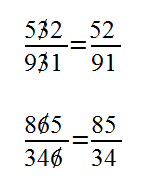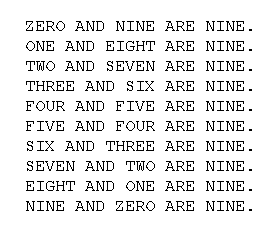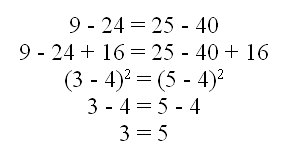In an 1849 letter to his sister, Lewis Carroll asks which is more accurate, a clock that is right once a year or one that has stopped altogether. The stopped clock is more accurate, he says–because it’s correct twice a day.
You might go on to ask, ‘How am I to know when eight o’clock does come? My clock will not tell me.’ Be patient, reader: you know that when eight o’clock comes your clock is right; very good; then your rule is this: keep your eye fixed on your clock, and the very moment it is right it will be eight o’clock.
“‘But–‘ you say. There, that’ll do, reader; the more you argue the farther you get from the point, so it will be as well to stop.”




